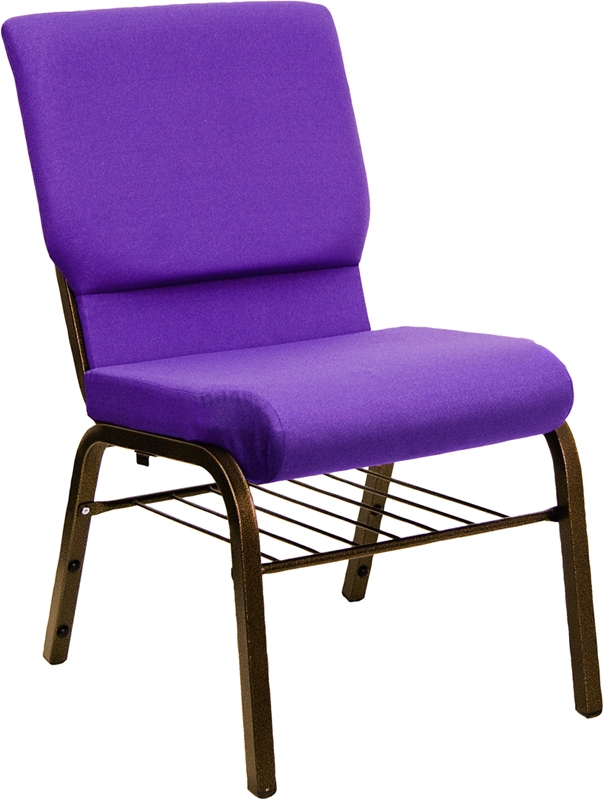How your church chair is assembled and held-together (constructed) will determine how long it will last and how stable it will be.
The standard church chair consists of a frame with a seat and back attached; the seat an back material may be plywood, OSB, or poly (plastic) covered in fabric or vinyl.
HOW THE FRAME IS ATTACHED TO THE SEAT AND BACK IS VERY IMPORTANT!
Traditionally, wood screws were used to attach seats and backs to the frame, however these caused problems. Over time the screws would “work themselves out” of the wood and protrude from the frame causing the chair to loose stability and exposing people to danger — exposed screws can be dangerous.
Many chairs now use nut-and-bolt or t-nut construction which means the bolt going through the frame of the chair is connected with a nut inside of the chair. This results in a much more stable and longer-lasting chair. We would strongly recommend buying a chair with t-nut construction. However, be on guard – some manufacturers advertise “T-Nut Construction” but they’re actually using a mixture of t-nuts and wood screws.
When buying a church chair be sure to ask if the frame is connected to the seat and back using t-nuts exclusively or if it is connected using a mixture of t-nuts and wood screws. We recommend you ask the simply question “are any wood screws used in the assembly of this chair?” Avoiding wood screws will save your church future headaches and, although wood screws are cheaper than t-nuts, having a well constructed chair will save your church money over the long haul.







